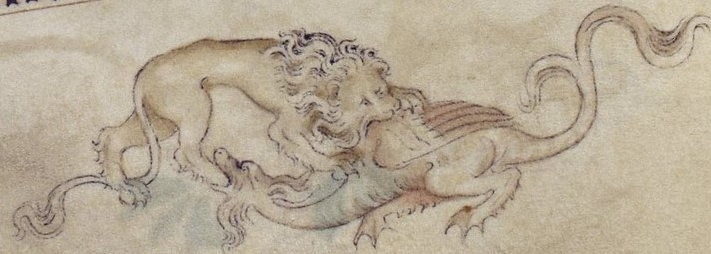Royal Velvet Snail
Basic Information
Genetics and Reproduction
Royal velvet snails reproduce just like any other snails do, producing hundreds of round, white eggs that are often mistaken for pearls. Each snail can reproduce only once in their lifetime, often dying soon after.
Ecology and Habitats
Found in the waters of the Armestis Sea, these snails live among the Golden Reefs and feed on the magic in the corals. There, they receive the perfect amount of warmth and sunlight for them to grow to their fullest size.
Dietary Needs and Habits
Royal velvet snails have a varied diet, consisting of fish eggs, kelp scraps, smaller snails, and tube worms. Despite their initial appearance as scavengers and opportunity hunters, these snails are actually quite fierce, some even being capable of bringing down fish as long as they're within range.
Additional Information
Uses, Products & Exploitation
The primary use for royal velvet snails is in the making of purple dyes. Both the mucus they secrete when threatened and their shells are key ingredients in making the royal purple dyes used only by royalty and the wealthiest of nobility. Perfect, undamaged shells are also highly prized as decorative items.
The roe produced by these snails is considered by many to be a delicacy and is often used by hosts of banquets to show off their wealth.
The bodies of snails are considered to be byproducts after the snail dies. Some are used to feed livestock or pets, but most are ground up into chum for fishermen to use.
Lifespan
50 years
Average Height
45 - 60 cm
Average Length
60 - 100 cm
Body Tint, Colouring and Marking
The body of a royal velvet snail can vary in colour. Some can be a dull yellow, while others may be a dark pastel blue. Those raised in captivity typically display a muddy brown body. It's theorized that the body colour has something to do with the amount of magic the snail has consumed, but there is currently little evidence to back this claim.
The snails' shells are a brilliantly vibrant pattern of deep red and blue dots on a rich purple backdrop, accentuating the coils and spines that make up the shell's structure. The inside of the shells is an opalescent lavender colour with a deeper purple at the lip.
Geographic Distribution



Comments